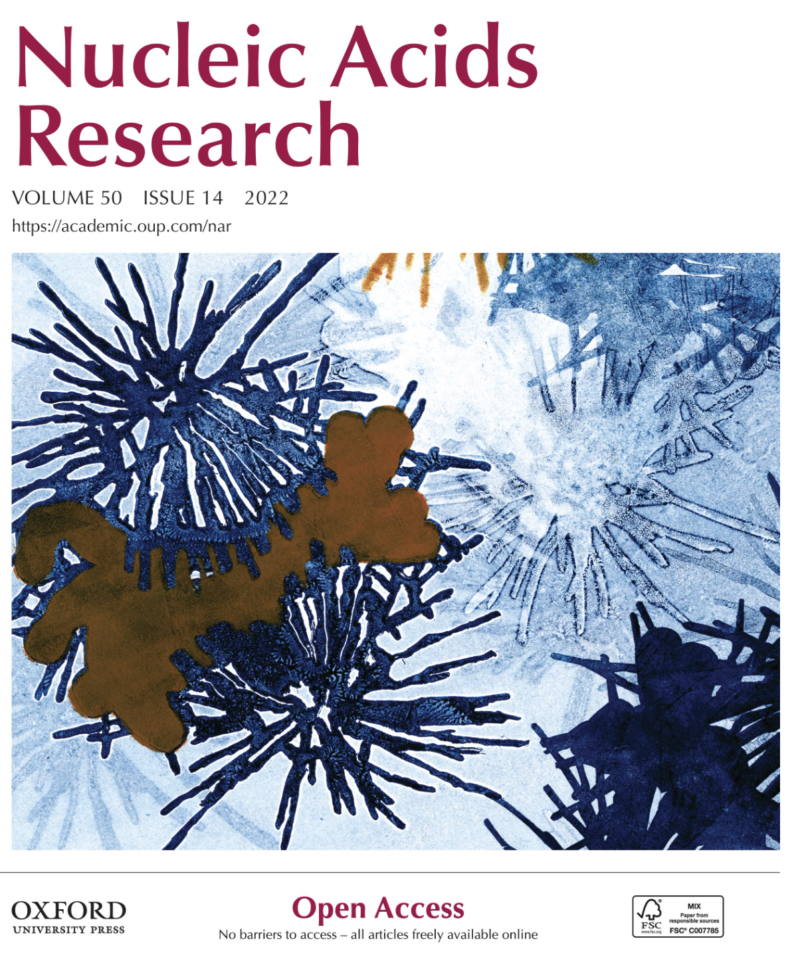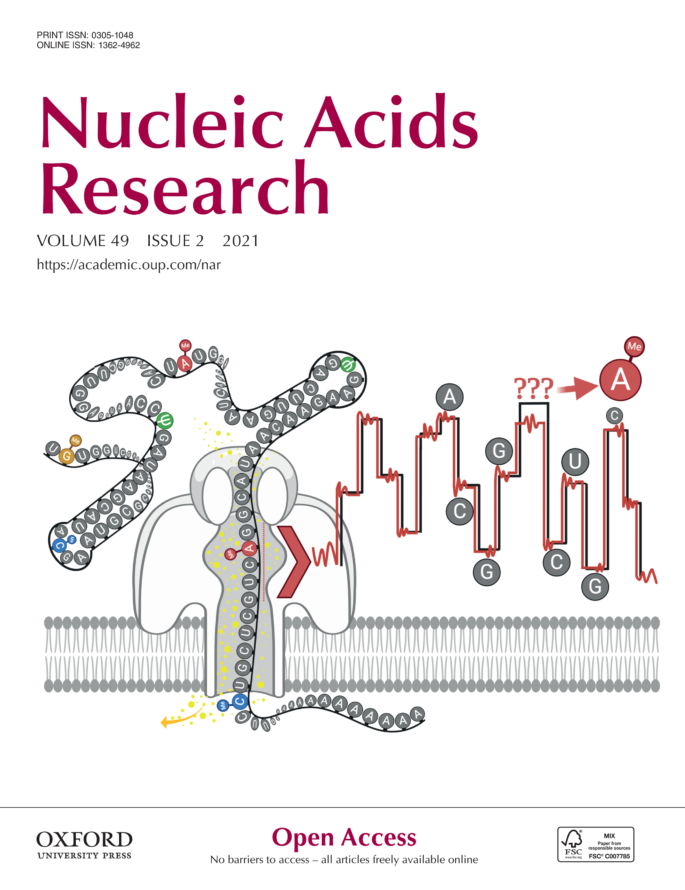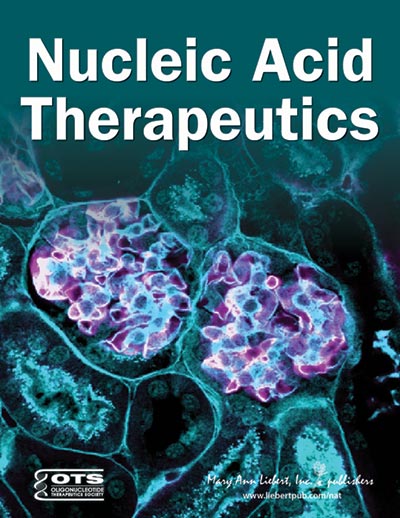Unravelling why some PS ASOs activate the innate immune system
Working out the step by step molecular mechanism to explain why some PS ASOs of all chemical classes are cytotoxic led directly to medicinal chemical solutions that are enhancing the therapeutic index of many PS ASOs significantly by dramatically reducing their potential cytotoxic effects without materially altering their potency (Shen, W., et.al., NAR, 2018; Migawa, M., et.al., NAR, 2019; Vasquez, G., et.al., NAR, 2021; Anderson, … Continue reading Unravelling why some PS ASOs activate the innate immune system




